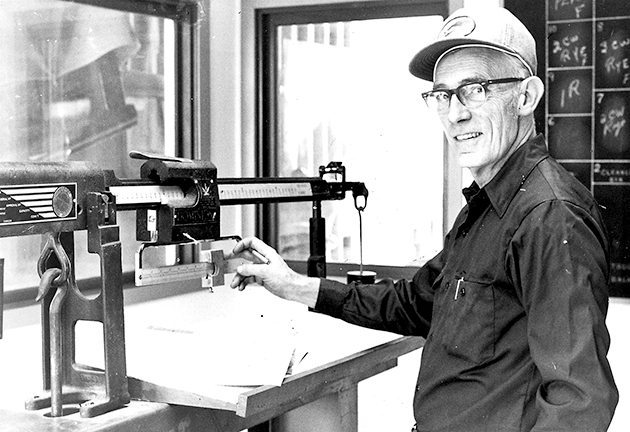The Western Producer takes a weekly look at some of the stories that made headlines in issues of the paper from 75, 50, 25 and 10 years ago.

75 years ago: Aug. 1, 1940
The federal government finally responded to growing wheat marketing concerns caused by the war. The new measures included quota re-strictions on deliveries, a 15 cent a bushel processing tax on wheat consumed in Canada, removal of the 5,000 bu. limit on deliveries to the Canadian Wheat Board and a storage allowance payable for wheat stored on farms. Saskatchewan Wheat Pool president John Wesson endorsed the changes but still wanted the Winnipeg futures market closed until the crisis abated.
The wheat board eliminated Vancouver as a basis point for determining the guaranteed wheat price of 70 cents a bu., which Alberta Wheat Pool general manager R.D. Purdy said would cost Alberta farmers $2.5 million on the basis of last year’s crop.
Read Also

Farming Smarter receives financial boost from Alberta government for potato research
Farming Smarter near Lethbridge got a boost to its research equipment, thanks to the Alberta government’s increase in funding for research associations.
50 years ago: July 29, 1965
A record crop was looming on the Prairies, although it was still not in the bin, as the front page headline so aptly reflected: “A huge crop if, if, if, if, if.” Federal agriculture minister Harry Hays didn’t expect problems marketing the big crop because of strong demand, including expectations that 75 million bu. of feed wheat would be shipped east due to drought in Eastern Canada.
In response to that drought, the Prairie Farm Rehabilitation Administration shipped eight irrigation units from the Prairies to eastern Ontario and western Quebec to irrigate cash crops, fill ponds and wells and relieve severe water shortages.
The National Swine Show wrapped up in Saskatoon July 22, and as writer Clyde McMurchy put it, “what a show it was!” The event attracted 500 entries of Landrace, Lacombes and Yorkshires from breeders in Ontario, Manitoba, Saskatchewan and Alberta, and McMurchy wrote that it was generally agreed that the event’s strength and quality compared favourably with the Royal Winter Fair in Toronto.
25 years ago: Aug. 2, 1990
The federal government’s year-long effort to develop a new set of national agriculture policies was in doubt after Quebec pulled away from all federal-provincial negotiations in which it was treated as an individual province. Quebec made the decision to deal only one-on-one with Ottawa following the breakdown in the Meech Lake constitutional negotiations.
The federal government lifted prohibition orders on nine Saskatchewan branch lines that were to have been protected until 2000. They were Canadian Pacific Railway’s White Fox, Dunelm, Neudorf, Prince Albert and Shamrock subdivisions and Canadian National Railway’s Lewvan, Weyburn, Blaine Lake and Carlton subdivisions.
The railways said they wouldn’t abandon the lines until they first tried to arrange other means of providing grain handling services to farmers in affected areas.
10 years ago: July 28, 2995
Saskatchewan agriculture minister Mark Wartman announced that increased oil revenue would allow the province to fully fund the 2004 Canadian Agricultural Income Stabilization program.

















